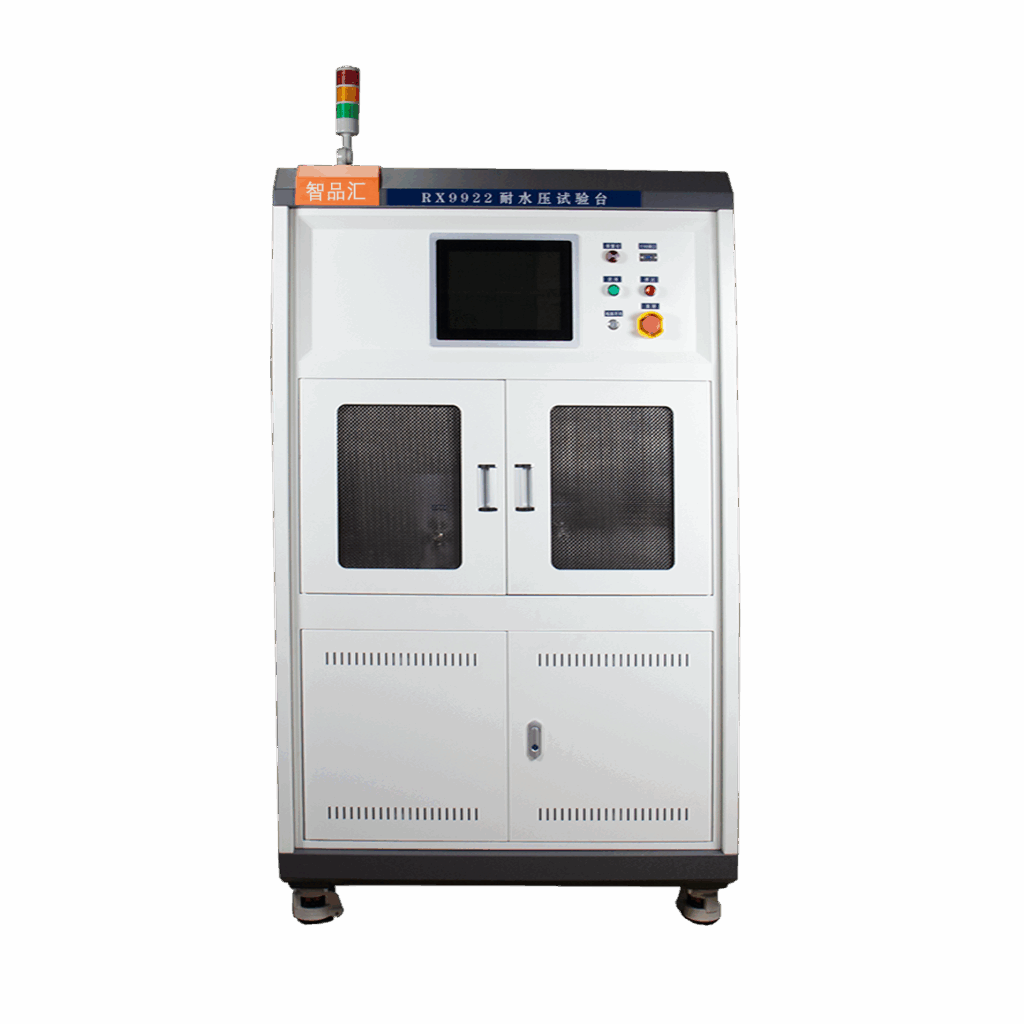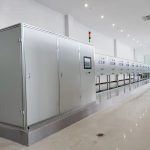In many fields, such as air conditioning, refrigeration, and water supply and drainage, copper pipes and valves are key components for conveying fluids. Their pressure resistance is directly related to the safe and stable operation of the system. As an important means of verifying the quality of both, water pressure testing can effectively identify potential defects and ensure the long-term reliable operation of equipment by simulating the water pressure environment in actual operation.
The Core Function of Water Pressure Testing
The primary function of water pressure testing is to verify the structural integrity of copper pipes and valves. During the production process, copper pipes may develop microcracks due to improper rolling processes, and valve sealing surfaces may have machining defects. These problems are difficult to detect through routine visual inspection. However, applying water under a certain pressure can expose hidden defects. Cracks in copper pipes can lead to water seepage or even rupture, while poor valve sealing can cause leaks at joints, thus preventing substandard products from entering the market.
Secondly, this test ensures that components meet design pressure requirements. Different applications have specific pressure ratings for copper pipes and valves. For example, copper pipes in air conditioning systems must withstand a working pressure of at least 1.6 MPa, while valves in water supply and drainage pipelines must be compatible with the actual water pressure of the pipe network. By applying a test pressure higher than the working pressure (typically 1.5 times the design pressure), water pressure testing verifies the component’s ability to withstand extreme pressures, preventing safety incidents such as bursting and leakage caused by pressure overload.
Furthermore, the test provides data support for process improvements. By recording information such as pressure changes and leak locations during testing, manufacturers can optimize raw material selection, processing techniques, or structural design. For example, if a batch of copper pipes frequently leaks at welds, welding parameters can be improved or welding materials can be replaced, thereby continuously improving product quality.
Copper Tube Water Pressure Test Method
The water pressure test for copper tubes must comply with standards such as GB/T 241-2007, “Methods for Hydraulic Testing of Metal Tubes.” The specific steps are as follows:
Test Preparation: Select a copper tube specimen of standard length. Seal both ends with seals to ensure leak-free joints. Connect the hydraulic pressure test equipment, fill the tube with clean water (to prevent trapped air from affecting test accuracy), and expel any air bubbles.
Pressure Application: Slowly increase the water pressure in the tube to the specified test pressure. For example, the test pressure for copper tubes used in air conditioners is typically 2.4 MPa (1.5 times the design pressure). The pressure increase should be smooth to avoid impact damage to the copper tube caused by a sudden increase in pressure.
Pressure Holding and Observation: After reaching the test pressure, maintain the pressure for 30 seconds to 1 minute. During this time, closely observe the copper tube surface and joints for water seepage or sweating, and monitor for any pressure drops. If the pressure is stable and there are no leaks, the test is considered acceptable. If leaks or a sudden pressure drop occur, mark the defect location and analyze the cause. Special Case Handling: For thin-walled copper pipes or special-shaped fittings, the pressure increase rate may be appropriately reduced to prevent false leaks due to localized stress concentration. After the test, slowly release the pressure and drain any accumulated water from the pipe. Inspect the specimen for any permanent deformation.





